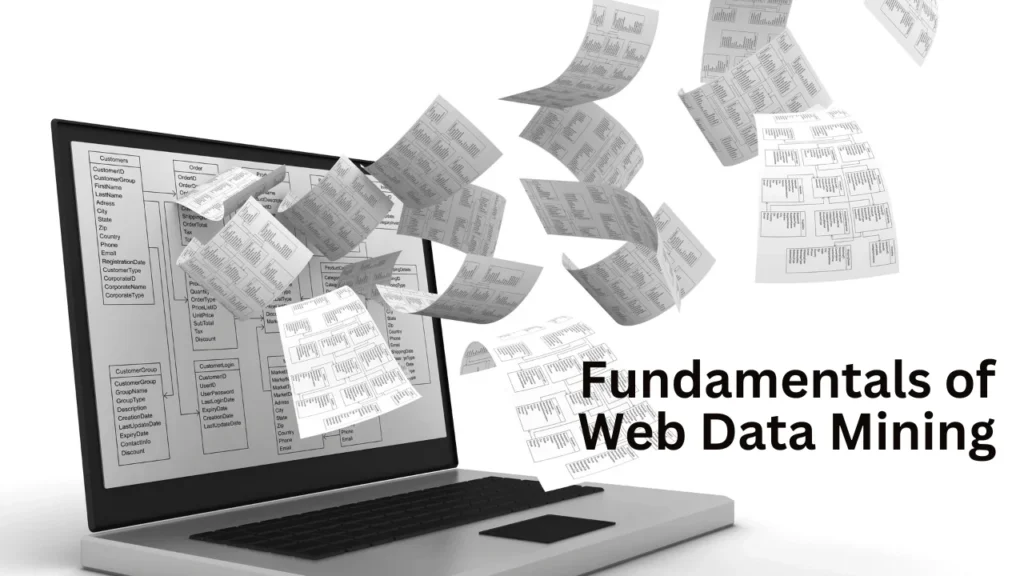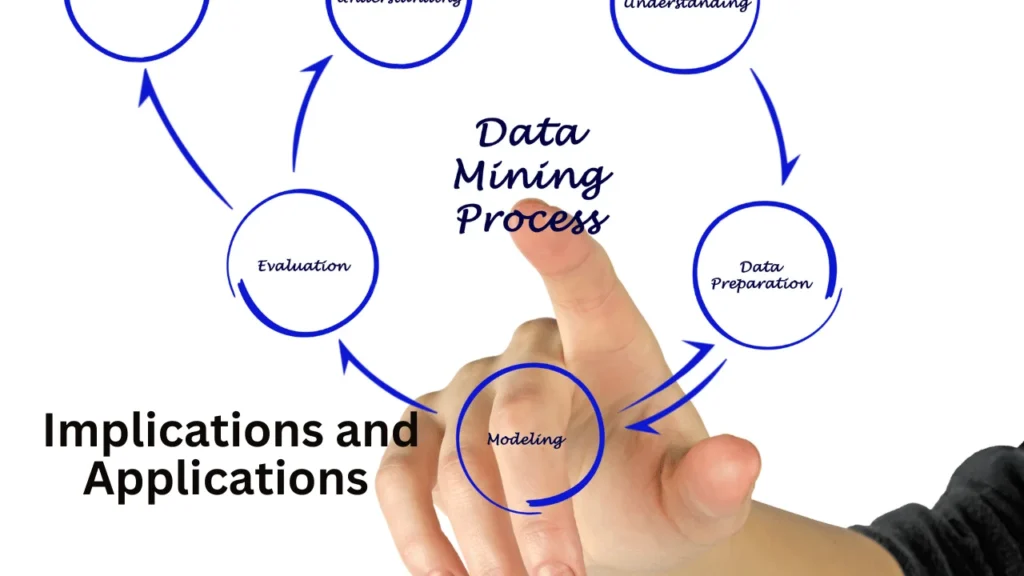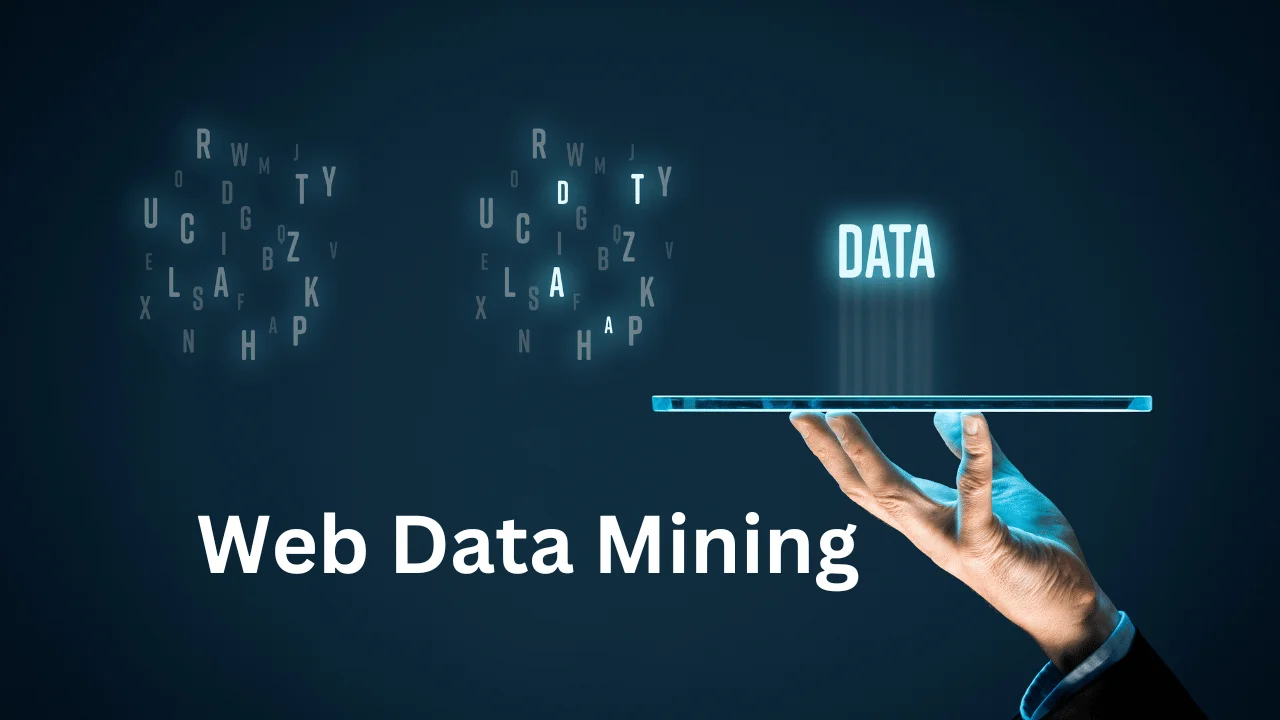Web data mining allows organizations to extract valuable insights from large volumes of unstructured data that is dispersed across the web; it is thus an essential tool in today’s digital world. This tech takes data from various online sources, like server logs and web pages, and uses complex algorithms and machine learning techniques to make sense of it. Businesses can greatly influence their success by learning about and using web data mining to forecast trends, improve user experiences, and make data-driven decisions.
Purpose of Web Data Mining
Many different types of people and organizations benefit from web data mining. Companies use these methods to boost operational efficiency, enhance marketing strategy, and comprehend customer behavior. Scholars in the academic sector use web data mining to delve into digital interactions, social patterns, and the rapidly expanding area of data science. Web developers and content creators also use web mining insights to enhance website engagement and functionality, catering content to their audience’s complex needs.
Fundamentals of Web Data Mining

Web Content Mining
Data mining is the process of gleaning valuable insights from web page content. Data that can be utilized for different types of analysis is retrieved by sorting through text, images, and videos. Image and video analysis, for example, can play a crucial role in domains like media studies and digital marketing, while text mining aids in sentiment analysis and trend detection.
Web Structure Mining
The main idea here is to find out how different web pages relate to each other by studying their link structures. By enhancing search engine optimization (SEO) strategies and website navigation, this aspect of web data mining can boost site authority and provide a better user experience.
Web Usage Mining
By analyzing web server logs, browser histories, and clickstream data, this technique is vital for comprehending user behavior. With the data collected from web usage mining, companies can better anticipate customer wants and needs and cater their products and services accordingly.
Advanced Web Mining Methods
Web data mining has been transformed by the integration of AI and machine learning. When applied to big datasets that would be inefficient to process manually, these state-of-the-art methods automate complicated analysis tasks, improve data prediction accuracy, and speed up the process significantly.
Machine Learning in Web Mining
Machine learning’s incorporation into web data mining has revolutionized the data analysis process. Now that algorithms don’t need human input to spot patterns and outliers, more complex and nuanced analysis is possible.
Implications and Applications

Business Decision-Making
Businesses rely on the insights provided by web data mining to inform strategy and operational enhancements. Businesses can better meet customer needs and achieve their goals by keeping tabs on market trends and preferences.
Improving User Experience
Businesses can build more interesting and easy-to-use interfaces by studying how people use their websites. A more fulfilling and pertinent user experience is guaranteed through the personalization of content and recommendations derived from user behavior analysis.
Predictive Analytics in Marketing
Web data mining helps businesses anticipate customer preferences and trends. Advertisers can better connect with their target demographic by using this predictive capability to develop proactive strategies.
Challenges in Web Data Mining
Concerns about data privacy, the difficulty of working with unstructured data sources, and the requirement for complex tools and knowledge are just a few of the obstacles that web data mining must overcome. In order to progress the field and uphold ethical standards, it is essential to tackle these challenges.
Ethical Considerations in Web Data Mining
When it comes to web data mining, ethics are paramount. As companies try to find ways to use data for insights while still protecting people’s privacy, worries about data security and user privacy have never been higher.
The Future of Web Data Mining
The future of web data mining appears bright, thanks to both technological advancements and the ever-increasing amount of data available on the web. Web data mining is already a powerful tool, and it will only get better as artificial intelligence and machine learning continue to advance.
Web Data Mining with Other Data Analysis Techniques
Making Use of Both Quantitative and Qualitative Information
Web data mining encompasses both quantitative and qualitative analysis. Businesses can learn more about their customers as a whole by combining quantitative data with qualitative information, such as reviews and comments. A more nuanced understanding of consumer sentiment and the ability to inform more targeted business strategies are both made possible by this mixed-method approach.
Cross-Platform Data Integration
Social media, e-commerce platforms, and conventional websites are just a few examples of the many sources of data that must be integrated in today’s multi-platform world. Improving the precision of user profiles and the efficacy of targeted marketing campaigns, this method offers a holistic perspective of user behavior across various channels.
Real-Time Data Analysis
In today’s lightning-fast digital environment, the capacity to analyze data in real-time is more and more crucial. By combining web data mining with real-time analytics tools, companies can react to customer service issues or modify marketing messages in real-time based on the most up-to-date information.
Machine Learning Models with Web Data
Data Enrichment for Better Predictions
Machine learning models can be enhanced through web data mining by adding new variables and data points, leading to more accurate predictions. Telecom and e-commerce businesses, for instance, can improve their customer churn models by incorporating data on user interactions from web logs.
Training More Robust Models
Web mining’s large and varied datasets offer a fertile environment for ML models to be trained. Models that have access to more data tend to be more robust because they are able to learn from a broader variety of examples and experience less overfitting.
Automating Model Updates
Machine learning models can be configured to automatically incorporate new data, as web data is updated continuously. This keeps companies adaptable and responsive to change by making sure predictions and analyses are based on the current environment.
Tools and Technologies
Overview of Popular Web Mining Software
Web data mining success hinges on tool selection. Octoparse, Import.io, and Mozenda are a few popular tools that offer powerful scraping capabilities with user-friendly interfaces. More complex data integration and analysis needs can be met by using advanced platforms such as KNIME or RapidMiner, which offer a suite of tools.
Custom Tool Development
Making one-of-a-kind web mining solutions might be a good alternative when generic tools fall short of requirements. A company can gain a competitive advantage by having custom tools made to fit their specific data structures and analysis requirements.
Cloud-Based Solutions for Scalability
Businesses can manage massive datasets without investing in costly infrastructure thanks to cloud-based web mining solutions, which are both scalable and flexible. Services from providers like Microsoft Azure and Amazon Web Services (AWS) can be easily expanded or contracted to meet fluctuating data needs.
Web Mining for Enhanced SEO and Web Presence
Leveraging Web Structure Mining
To get the most out of search engine optimization, it helps to know how a website is structured. To improve sitemap structures and internal linking strategies, web structure mining can help identify the most influential pages and how they link to each other.
Content Optimization Through Web Content Mining
Search engine optimization (SEO) and user experience (UX) can be enhanced when companies mine web content for the most popular keywords and themes.
Tracking Competitor Web Strategies
Analyzing and keeping tabs on the online presence of competitors is another use case for web data mining. A company’s web strategy can be greatly improved by studying the structure and content of its competitors’ sites.
Web Mining Innovations and Emerging Trends
AI-Driven Web Mining
Data collection and analysis are about to undergo a dramatic shift with the combination of AI and web mining. Automating complex data extraction processes is possible with AI technologies like image recognition and natural language processing, which allows for more efficient and expansive web data mining.
Blockchain for Secure Web Mining
Blockchain and similar emerging technologies offer transparent and immutable records of data transactions, which can improve the security of web data mining. This can be useful in resolving issues related to data integrity and privacy.
Quantum Computing and Web Data Mining
New frontiers in web data mining capabilities could be opened up by the possible introduction of quantum computing, which could greatly enhance the speed and capacity of data processing.
Frequently Asked Questions
What is web data mining?
Web data mining is the process of extracting and analyzing large amounts of unstructured data from the web to discover patterns and obtain actionable insights.
How does web data mining help businesses?
It helps businesses understand market trends, consumer behaviors, and optimize their strategies accordingly to enhance decision-making and profitability.
Are there ethical concerns with web data mining?
Yes, ethical concerns primarily revolve around privacy and data security, requiring businesses to navigate data usage carefully to respect user privacy.
What tools are used in web data mining?
Tools like Octoparse, Import.io, and advanced analytics platforms such as KNIME are commonly used in web data mining.
Can web data mining improve SEO?
Absolutely, by analyzing web structure and content, businesses can optimize their websites for better search engine visibility and user engagement.
Also Check: Neural Network in Data Mining: An Overview
Conclusion
Last but not least, web data mining is an exciting new area that has great potential for many different groups. It has the ability to revolutionize industries and deepen our comprehension of the digital world by consistently adjusting to new technologies and tackling ethical issues.

Brandy Stewart, an enchanting wordsmith and seasoned blogger, weaves compelling narratives that transport readers to uncharted territories. Infused with perceptive viewpoints and dynamic storytelling, Doris exhibits a command of language that enthralls both hearts and minds, leaving a lasting mark on the literary panorama.

